Campania Felix. Glimpses
2020
Ancient Campania (often also identified as Campania Felix or even Ager Campanus) originally indicated the territory of the city of Capua Antica in the Roman period, and later also the plains of the various neighboring municipalities. It was a very vast territory when compared with the other Italic cities of the Roman and pre-Roman periods. It stretched from the slopes of Mount Massico (in the north) to the south of the Phlegrean Fields and the Vesuvian area. Initially it also included the ager Falernus, then it was greatly scaled down from Rome due to the alliance of the city of Capua with Annibale. Thanks to the fertility of the soil also due to the presence of the Volturno river, it deserved the name of Campania Felix.
You may also like

2020
Campania Felix. Sunset
Ancient Campania (often also identified as Campania Felix or even Ager Campanus) originally indicated the territory of the city of Capua Antica in the Roman period, and later also the plains of the various neighboring municipalities. It was a very vast territory when compared with the other Italic cities of the Roman and pre-Roman periods. It stretched from the slopes of Mount Massico (in the north) to the south of the Phlegrean Fields and the Vesuvian area. Initially it also included the ager Falernus, then it was greatly scaled down from Rome due to the alliance of the city of Capua with Annibale. Thanks to the fertility of the soil also due to the presence of the Volturno river, it deserved the name of Campania Felix.
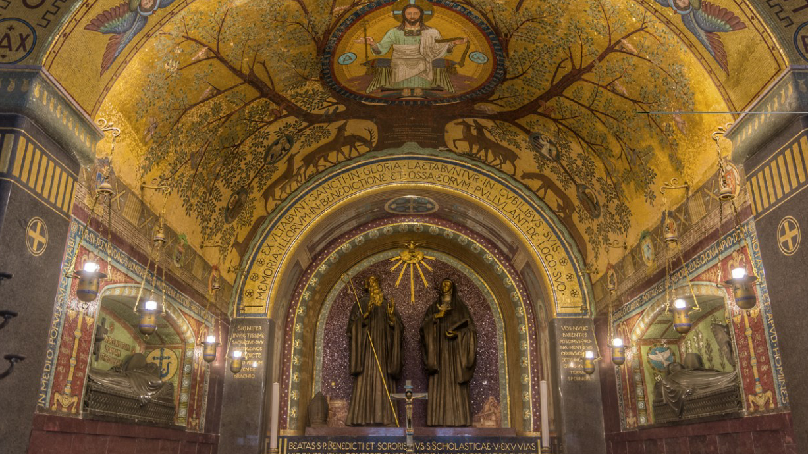
2020
Benedictine abbey of Monte Cassino. Interior view
The abbey of Montecassino is a Benedictine monastery located on the top of Montecassino, in Lazio. Since December 2014, the site has been managed by the Lazio Museum Center. It is the oldest monastery in Italy together with the monastery of Santa Scolastica. It rises 516 meters above the sea level.

2020
Flowers

2020
Clouds
Clouds in the sky. The wonderful spectacle of a sky full of clouds. Depth and three-dimensionality of a cloudy sky.

2018
Miscellanea
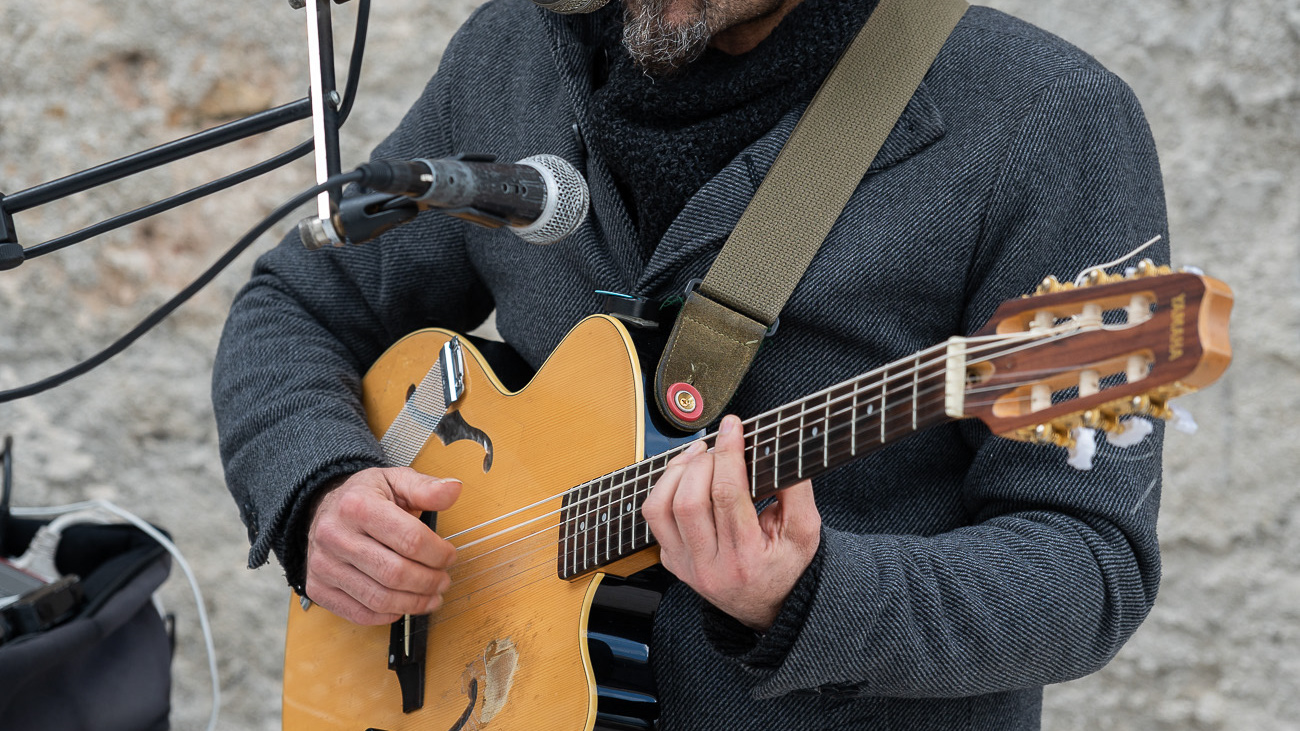
2023
SALLY Cangiano. Fornelli 10 aprile 2023
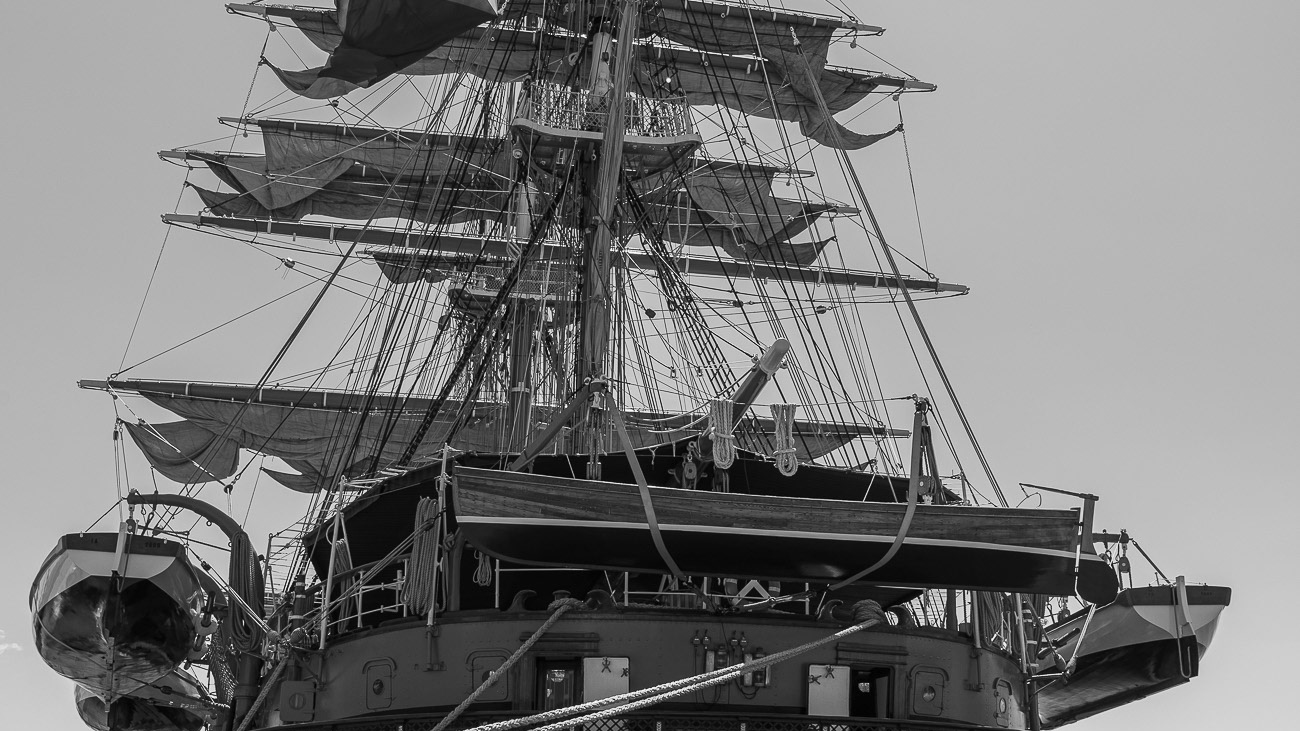
2022
Ship Amerigo Vespucci
The Amerigo Vespucci is a sailing ship of the Navy built as a training ship for the training of officer cadets of the normal roles of the Naval Academy. The Vespucci was designed together with her twin Cristoforo Colombo (although of slightly different dimensions) in 1930 by the engineer Francesco Rotundi, lieutenant colonel of the naval engineers and director of the Royal shipyards of Castellammare di Stabia. The training ship was launched on February 22, 1931 in Castellammare di Stabia. She left fully prepared on 2 July for Genoa where, on 15 October 1931, she received the battle flag in the hands of her first commander, Augusto Radicati di Marmorito. Her task was to support the Cristoforo Colombo in the training activity, and she was placed in the School Ships Division together with the Colombo and another minor ship, making various training cruises in the Mediterranean and the Atlantic; at the end of the Second World War, due to the effect of international agreements, the Cristoforo Colombo had to be sold together with other units to the USSR, as compensation for war damages.
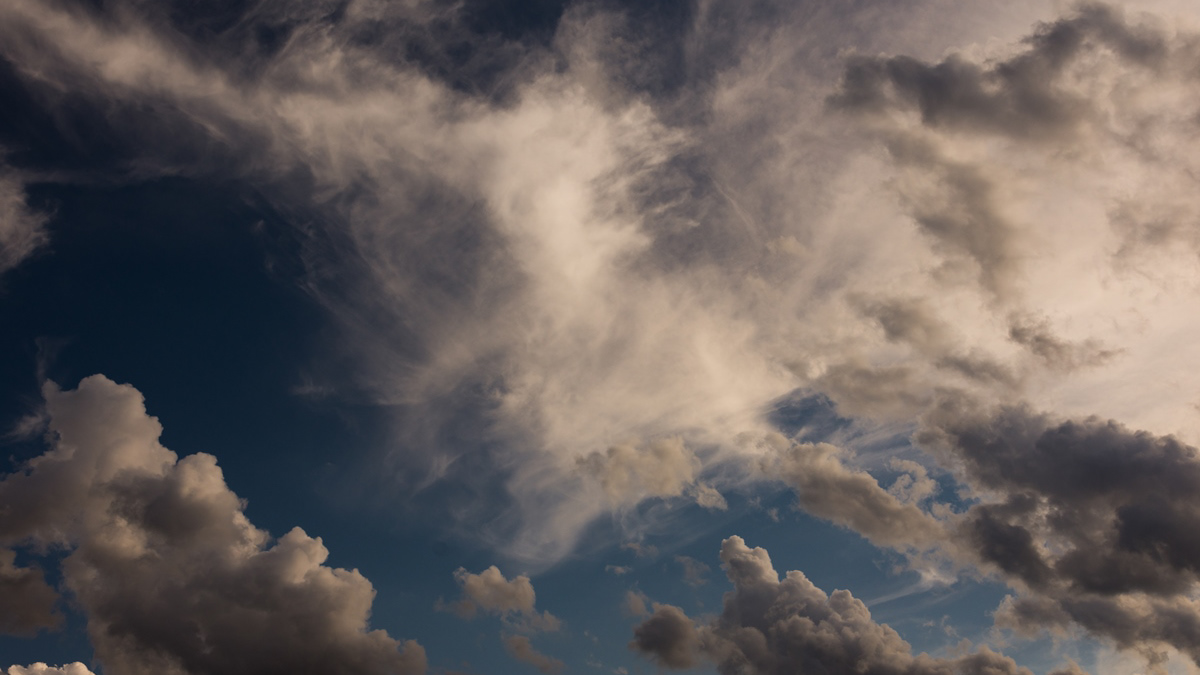
2018
Clouds
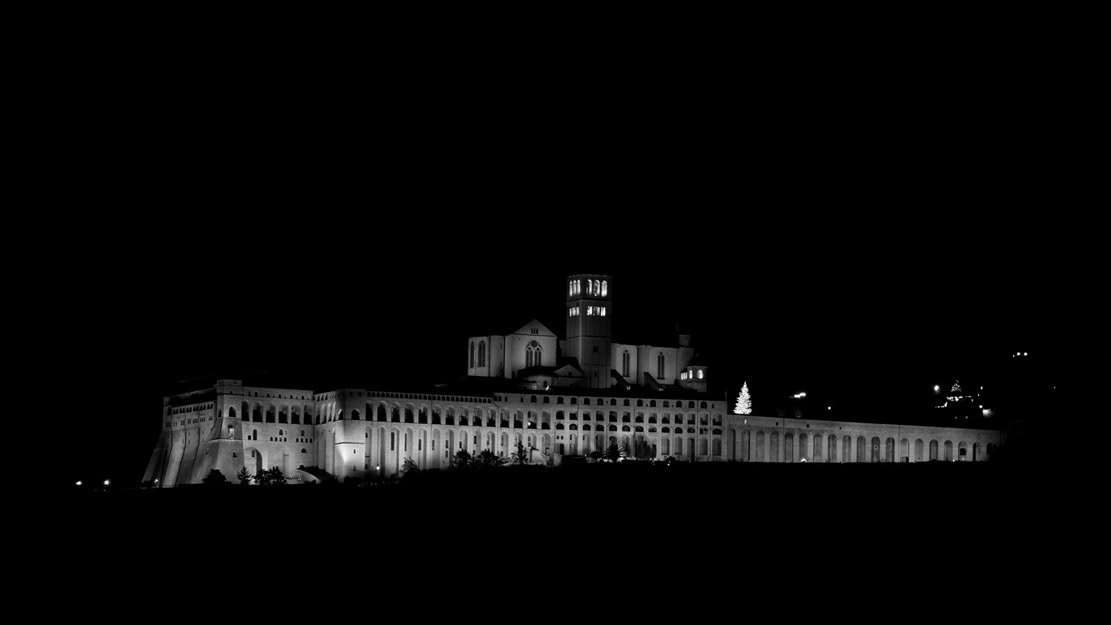
2018
Assisi - Basilica of San Francesco
The basilica of San Francesco is located in Assisi, it is the place that since 1230 preserves and guards the mortal remains of the seraphic saint. Wanted by Pope Gregory IX as specialis ecclesia, it was awarded by the same Pontiff the title of Caput et Mater of the Minorite Order and at the same time entrusted in perpetuity to the same friars. In the complex history that marked the evolution of the Order, the basilica (and the adjoining Sacred Convent) was always guarded by the so-called "community friars", the group that later went on to form the Order of Friars Minor Conventual. At the sepulchral church of the Basilica where the altar on the tomb of the saint was erected, on November 19, 1585, the Franciscan Pope Sixtus V, with the bull Supernae dispositionis, established the Archconfraternity of the Cordigeri. In 1754 Benedict XIV elevated it to the dignity of patriarchal Basilica (since 2006 "Papal Basilica") and Papal Chapel. In the year 2000, together with other Franciscan sites in the district, the basilica was included in the UNESCO World Heritage List.
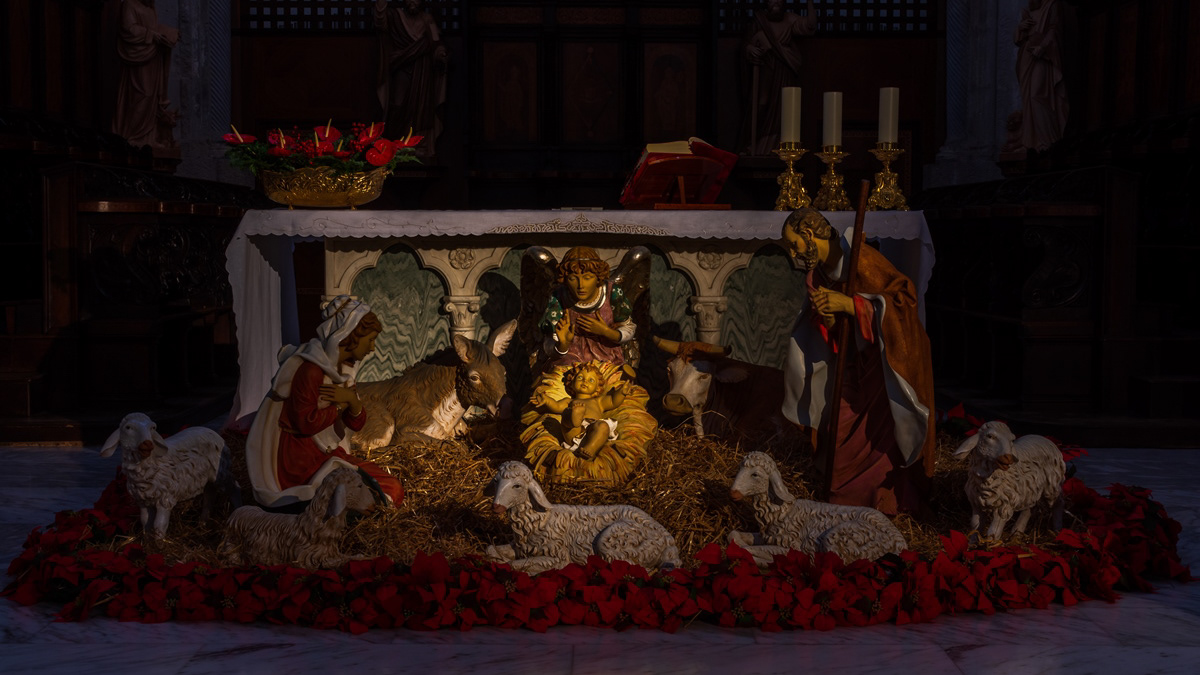
2018
Nativity scene of the Cathedral of Teano 2018
